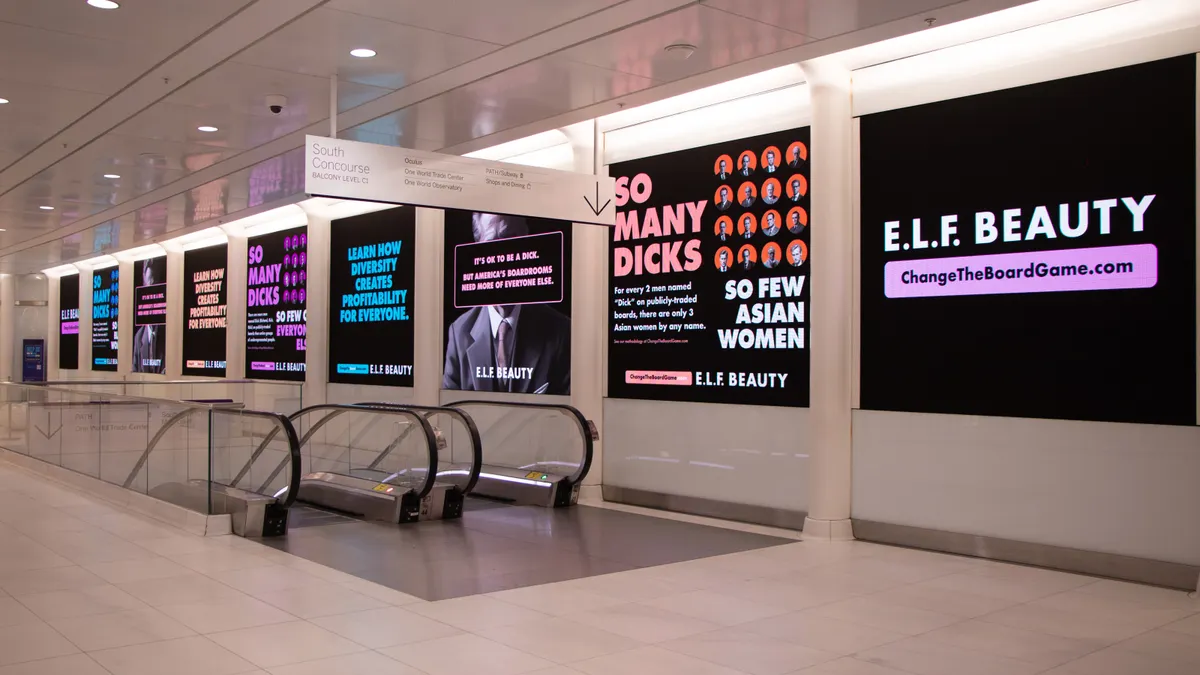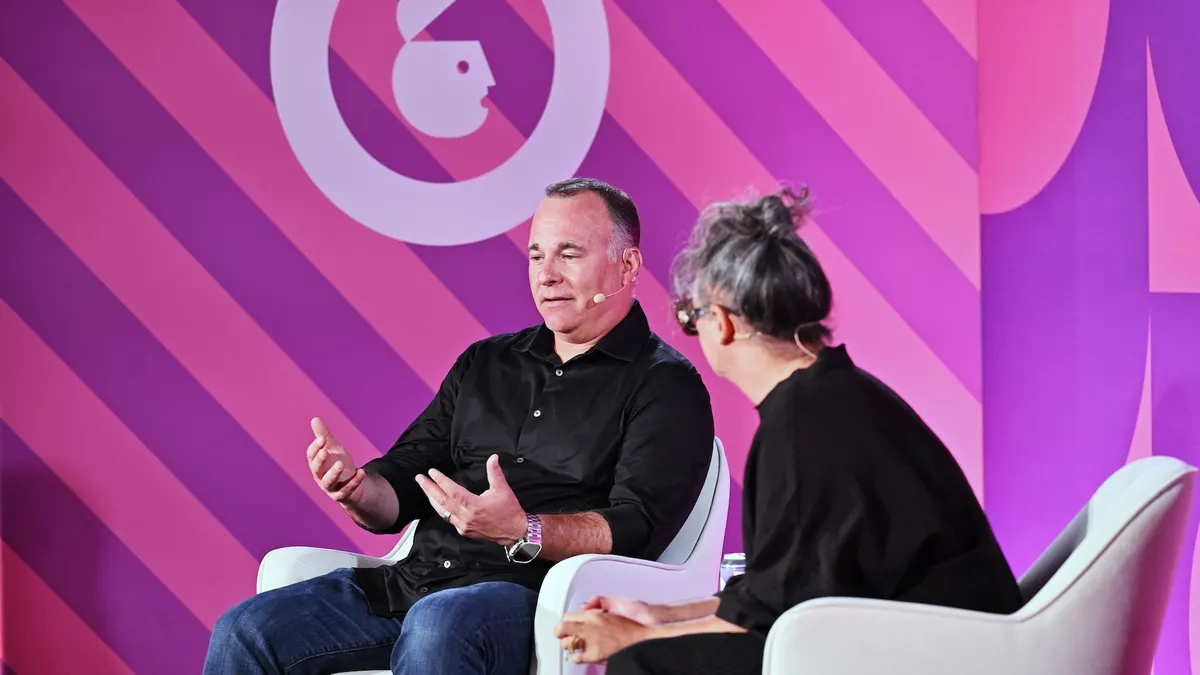Editor's note: The following is a guest post from Renaud Biet, TabMo's co-founder.
Just a few years ago, digital media was seen as the Wild West, a medium that marketers felt warranted intense scrutiny and cautious investment. Based on a survey from Q3 of 2017, 72% of mobile and digital advertisers are still concerned about brand safety.
However, despite this overwhelming concern and reputation, marketers are still seen as slow to adopt optimization tactics like whitelists to protect and advance themselves in the wild. Many may feel they've developed solid strategies for maintaining safety, but digital media is changing, with nearly two-thirds of time spent online occurring on a mobile device. Marketers now have to refresh their safety strategies for a relatively new environment, one that doesn't look like the desktop web. Here are some things they need to consider when approaching mobile brand safety.
Walk the talk
For all the talk on quality and the rising, collective commitment to deploy brand safety measures, delivery comes down to actions and not words. Marketers, while your agencies and partners may talk the talk of quality, it's essential to know where they really stand and what they're really doing to assure brand safety. And, agencies, publishers, networks and solution providers — you can expect a more enlightened and proactive buy-side partner to be sure.
It basically comes down to diligence in action. One of the ways in which a DSP can demonstrate this is to make sure they're being proactive and implementing a pre-bid brand safety solution, such as those delivered by IAS or MOAT across all their media buying and bidding processes.
This will help ensure you're bidding on and buying impressions that have already been pre-filtered for things like viewability, brand safety and fraud. A clean and well-lit environment is the optimal goal for all agencies and advertisers to drive a better overall ROI.
Additionally, with the rise of buying across private marketplaces (PMPs) and preferred deals, agencies have been able to ease some of the brand safety concerns by creating highly curated lists of hand-picked premium sites and apps on or in which to run their campaigns.
Know who's coming to the party
Given all that goes into executing a dynamic digital campaign today — let alone doing it on mobile — ad marketers need to be able to trust that their agencies, partners and those handling creation, delivery, optimization and measurement for their brand operate with pure intentions when it comes to quality and have their best interests in mind. Quality is no longer simply a matter of inventory qualification. There are implications at every step of the way. Have all parties in the ad marketing equation put measures in place to ensure quality, integrity and optimal ROI?
As any one of these parties doing business on the supply side of the prevailing programmatic space, it's crucial to know that this is on the mind of your advertising clients.
You likely will need to provide assurances at the front end, educating your clients on your own firm's commitment to quality through and through — everything from human versus bot verification and viewability assurance to questions of content-appropriate adjacencies. We increasingly hear that CMOs are leaning on their agencies to address the brand safety question, which also means ensuring that their buying practices and partner/solution provider vetting are sound.
Right partners on board — keeping the campaign on course
For all parties, a quality-focused mindset is the new normal. You can expect the quality-minded CMO to have digital advertising guidelines for their agency and any networks with whom they considering doing business. Presumably, this leads to the right partnerships and alliances from the start. Then, it comes down to keeping all programs and campaigns on course. In addition to the go-to approach of whitelisting acceptable publishing channels, new measures include engaging media buying firms to more explicitly control placements, having someone on the client side manually monitor those digital placements.
Finally, with 85% of mobile traffic going through apps, vendors needed to integrate SDKs to ensure ad fraud detection within applications, as their desktop tags are typically not compatible for environments that aren't a standard internet browser.
IAS has been forerunner in building one open-source SDK to create a unified version, which is now under IAB Tech Lab supervision. Thanks to this initiative, mobile marketers can now run their campaigns on a full brand-safe environment.












